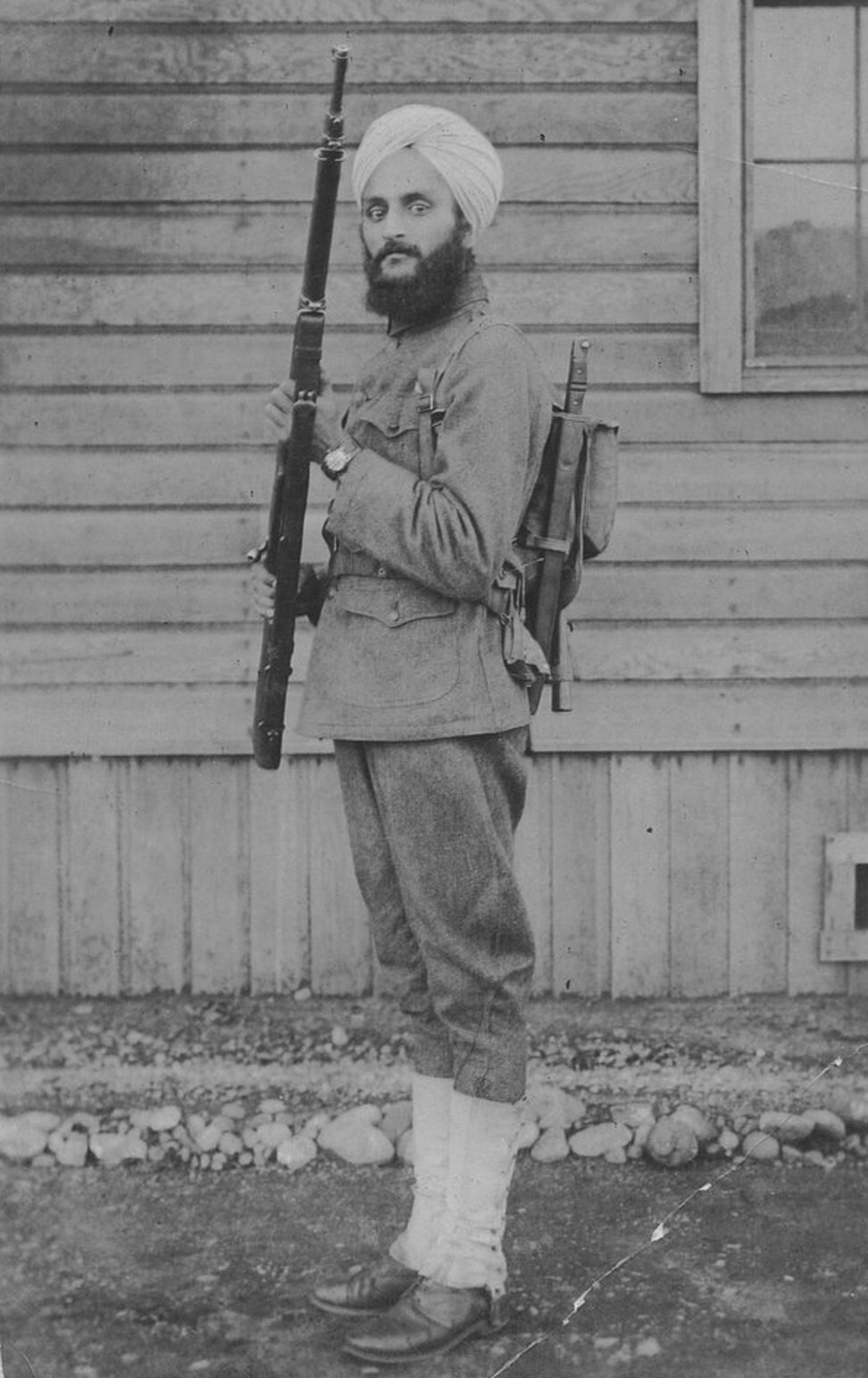
Amidst coronavirus racism, Asian-American stories that history tried to forget highlighted in new television series
- Five-part PBS series ‘Asian Americans’ highlights milestones in their history with the help of scholars, historians and artists
- Narrated by stars including Daniel Dae Kim and Tamlyn Tomita, it comes at a time of rising anti-Asian violence and harassment in America

Like many immigrant children, Daniel Dae Kim didn’t learn of the hard-won American dream that brought his parents to the United States until later in life. He was a teenager when they told him their story – one that resembled those chronicled in a new five-part docuseries Asian Americans, a programme spanning 150 years that couldn’t arrive at a more timely moment.
His parents described how, when he was one, they came to the US from South Korea with just US$200. Eventually, the family settled in the state of Pennsylvania. “From that, they built a whole life for themselves and raised three happy, healthy children, one of whom who is fortunate enough to speak to you right now,” said Kim, known for his roles on TV shows Lost and Hawaii Five-0.
Tamlyn Tomita was a junior high student in the San Fernando Valley in Los Angeles County, California, when she learned that America had jailed 120,000 people of Japanese descent, including US-born Japanese-American citizens, during World War II. The Joy Luck Club actress would later launch her career with The Karate Kid Part II and help tell stories of internment on screen.
On that day, she asked her father, a Los Angeles police department officer: did this happen to you?
“He said, ‘Yes’,” Tomita remembered. “I said, ‘Why didn’t you tell me?’”

As long as Asians have been in the US they’ve helped shape its history, but have often been left out of the lessons taught in schools. At home, family histories often go unspoken by older generations who strove through xenophobia, racist legislation, migratory waves, societal shifts, wars and their aftermaths in the pursuit of happiness.
Asian Americans, produced by US television channel PBS (Public Broadcasting Service), aims to rewrite that history in vibrant detail.
Narrated by Kim and Tomita, it highlights milestones in the history of the country’s fastest-growing demographic – a sprawling group in itself, comprising diverse origin countries, languages and histories – with the help of Asian-American scholars, historians and artists, as well as the descendants of subjects who fought to be seen as more than foreigners in the country they called home.
The intergenerational trauma that we still witness, I still feel it. I hope I don’t pass it along to my nieces and nephews, but I need to pass along this story so they know it happened
“We’ve tried to do an Asian-American history series for years and years,” said Academy Award-nominated filmmaker and University of California, Los Angeles professor Renee Tajima-Pena (Who Killed Vincent Chin?), the producer of Asian Americans.
Airing during Asian Pacific American Heritage Month in the US, the landmark series has taken on even greater urgency amid rising anti-Asian sentiment because of the Covid-19 pandemic.
“Asian-Americans are really galvanised and the series is blurring into the conversation of ‘where do we go next? What does this moment mean?’” said Tajima-Pena, who assembled a star filmmaking team that included S. Leo Chiang (A Village Called Versailles), Geeta Gandbhir (Why We Hate) and Grace Lee (American Revolutionary: The Evolution of Grace Lee Boggs) to condense an overview of Asian-Americana into five hour-long segments.
“It doesn’t feel like we’re finished with the series,” she said. “It feels like we’re starting this whole new conversation.”

Asian Americans feels timely to Kim. In March, the actor, producer and director went public with his Covid-19 diagnosis as incidents of anti-Asian violence and harassment rose, targeting Asians as scapegoats for the virus.
Being Asian-American “has been the source of some of my greatest pride, and greatest pain”, he said in an email. “It means having the benefits of two amazing cultures, and at times, feeling like you’re a true member of neither.”
Moving from the 19th century to the present, Asian Americans relates the stories of notable early Asian migrants. Antero Cabrera, brought from the Philippines to be displayed in a replica ethnic mountain “village” at the 1904 St Louis World’s Fair, is remembered by his granddaughter who notes how he found agency amid the ordeal and started a family in the US.
Other figures highlighted include Indian-American writer Bhagat Singh Thind, who fought for the US in World War I and was denied citizenship twice because he was not white; the Chinese labourers who built America’s railways but were largely erased from photographs of its completion; and Moksad Ali, a Bengali-Muslim trader who arrived in the 1800s and married an African-American woman named Ella Blackman in New Orleans, where his modern-day descendants revisit their multiracial roots on screen.

In subsequent episodes, the series tracks the American-born generations whose lives were upturned by a country that questioned their loyalty; the model minority myth that pitted “good” Asian-Americans against other communities of colour; the emergence of new alliances and political heroes in the civil rights, farmworker and ethnic studies movements; and the later arrivals of new immigrants and refugees who carved out their own spaces in the changing American landscape.
Tomita, of Japanese and Filipino descent, narrates a chapter on three topics: the impact of World War II on the Uno family, divided by war and incarceration; Tule Lake-born activist Satsuki Ina, now a prominent voice in the fight to end child detention; and Korean-American siblings Philip and Susan Ahn, who fought the Japanese empire by serving in Hollywood and the military, respectively.

Tomito thought back to the day she learned of her own father’s story and how that lesson informed her own lasting awareness.
“It was my first awakening to this wrong chapter, the wrong acts committed to our government – how it makes you feel hate and shame,” she said.
“That sparked my interest in knowing what happened to my father and to my father’s family and other families of Japanese descent, and then other families who now continue to be incarcerated and imprisoned in what they call migrant detention centres.
“The intergenerational trauma that we still witness, I still feel it. I hope I don’t pass it along to my nieces and nephews, but I need to pass along this story so they know it happened, and to ensure that it won’t happen again.”

Finding fascinating threads of the Asian-American tapestry was easy, Tajima-Pena said. Bringing those stories to life in a visual medium was another matter.
“It was really a bear to find archival materials because, for the most part, Asian-Americans were not pictured,” she said. “I’ve seen so many films about, for example, [the university strikes in 1968 by ethnic student groups] at San Francisco State and Berkeley.
“You never see Asians in these films. I used to wonder because I knew people who were there who were a part of the strikes. I thought, ‘Did they cut out the Asians, or did they not even film them?’”